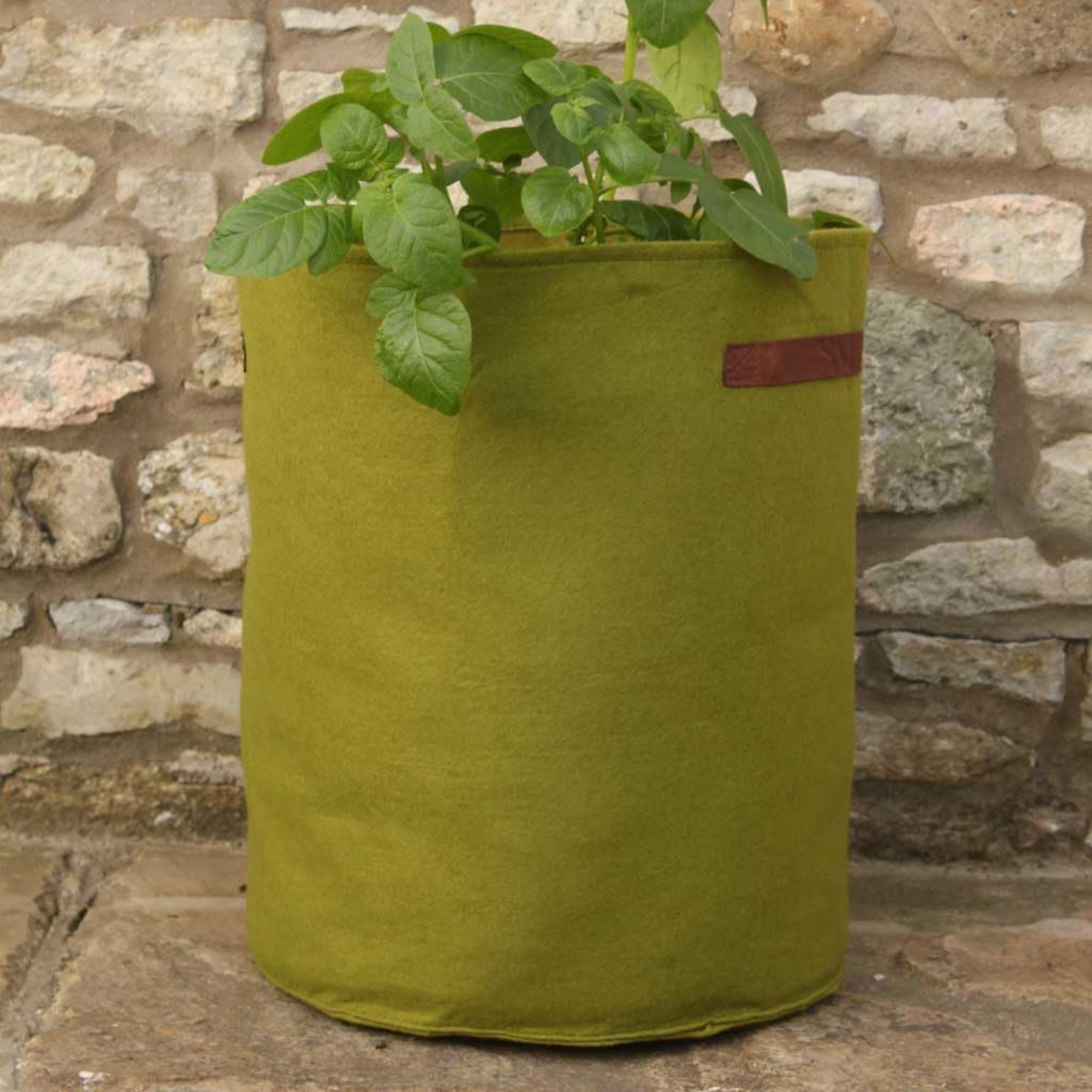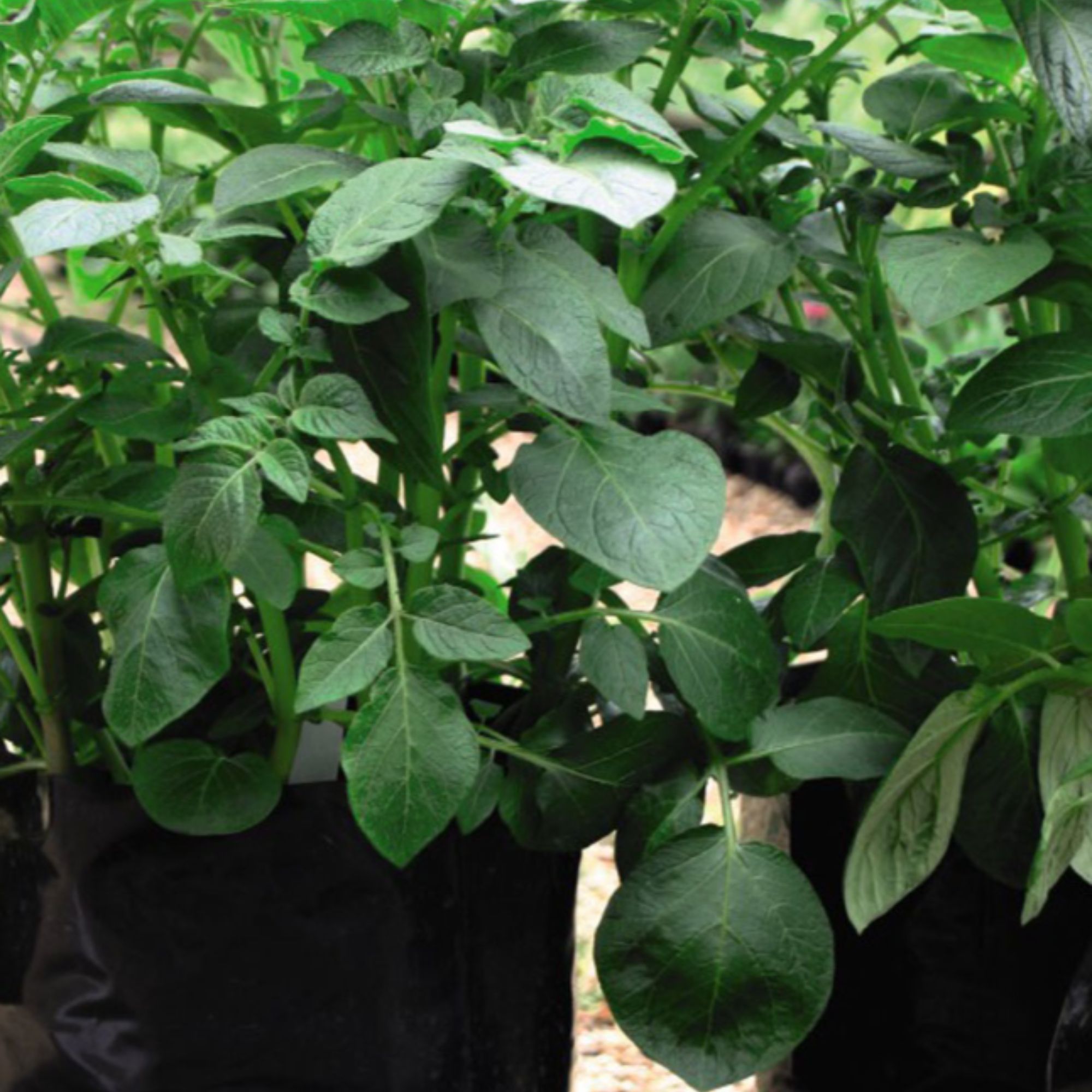How to grow potatoes in grow bags - make the most of a small garden with this space-saving technique
Spuds, spuds, glorious spuds! They're incredibly simple to grow – especially if you use grow bags
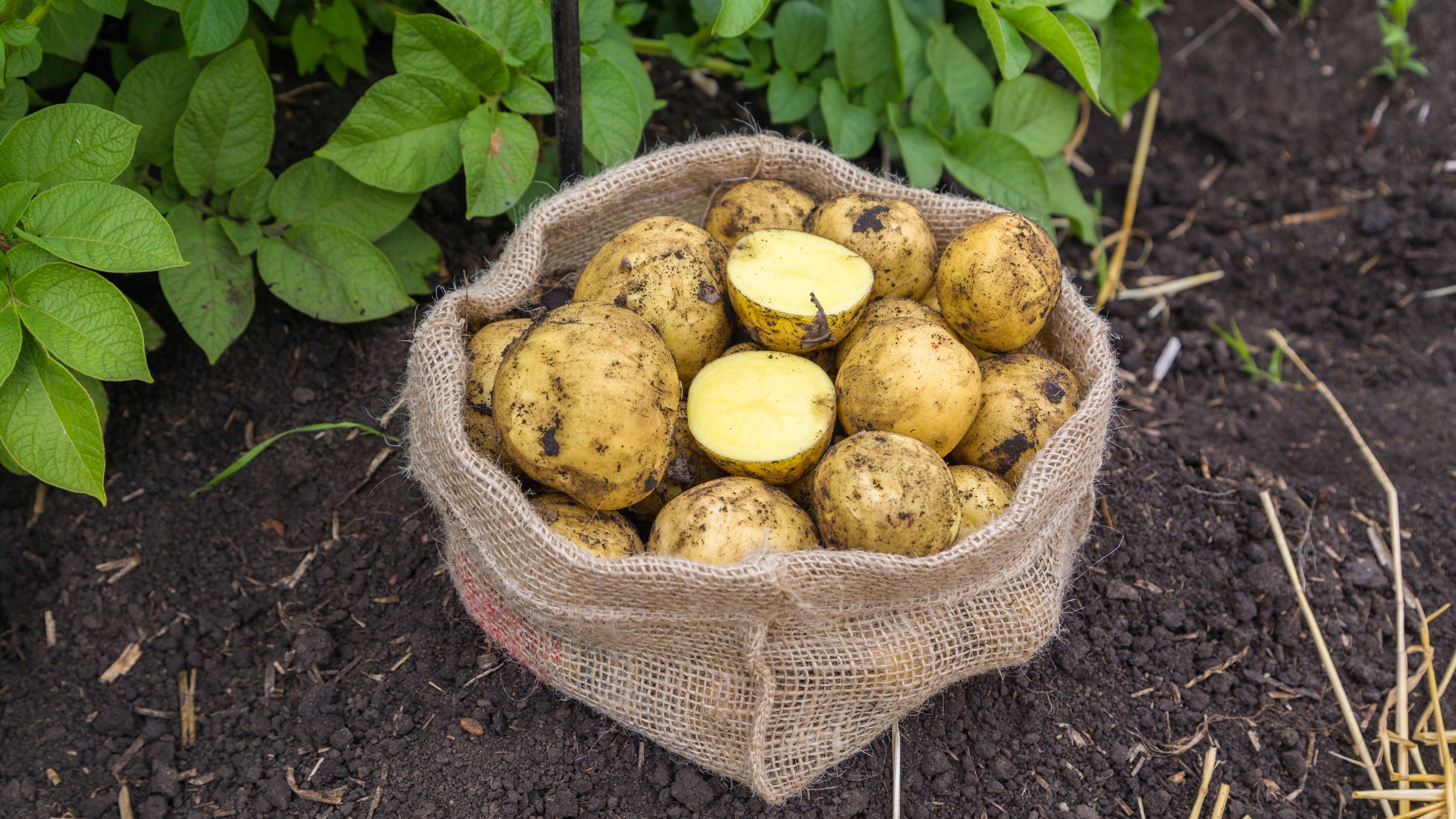

Boil 'em, mash 'em, stick 'em in a stew – they're one of the most versatile vegetables around, so it makes sense that everyone is keen to start growing potatoes in grow bags. Especially as it saves so much room on soil space.
It's incredibly easy to learn how to grow potatoes, quite frankly. If you're working with a small vegetable garden (or even a patio or balcony space), however, your best bet is to use grow bags for your tatties.
Keen to learn more? Of course you are, and, as ever, we're here to oblige. Step this way for our expert guide on how to get started...
Growing potatoes in grow bags
'Potatoes can take up quite a lot of room when planted straight in the soil,' says Morris Hankinson, director of Hopes Grove Nurseries. 'Growing potatoes in grow bags, on the other hand, is a great space saving way to tackle one of the easiest vegetables around!'

Morris Hankinson is the founder and managing director of Hopes Grove Nurseries Ltd, the UK’s only specialist grower-retailer of hedging plants. He established the thriving business in 1992, shortly after graduating with a Commercial Horticulture Degree from Writtle College, Essex.
If yield is a concern for you, don't let it be: Morris goes on to explain that 'growing potatoes in grow bags doesn’t necessarily mean less crops per plant, as the bag will soon fill up with fresh potatoes of various sizes'.
'They can sometimes be a little smaller than when they are grown in the ground, but no less delicious, and you may well still find some big potatoes in the compost,' he says.
'Plus, harvesting potatoes is still one of the most satisfying gardening jobs to do!'
What you will need
It's always a good idea to source the tools and equipment you need before you begin any gardening task. A grow bag is the key piece of kit you will need, but there are a few other supplies to pick up.
- Some peat-free compost (try Westland 50L Multi-Purpose Compost with John Innes from Amazon)
- A selection of seed potatoes: we recommend something like Potato 'Charlotte' from Crocus or the Potato Patio Kit from Thompson & Morgan, but there really are so many varieties to choose from. Pick the one that suits your needs best!
- Grow bags (obviously)
To help you navigate the many, many, many grow bags on offer, here are three of our favourites:
Of course, you don't have to buy a specific grow bag for your potatoes. In fact, you 'can use any large, strong plastic bag as a potato container, such as a rubble sack or compost bag,' says Cassie King,PR officer at British Garden Centres.
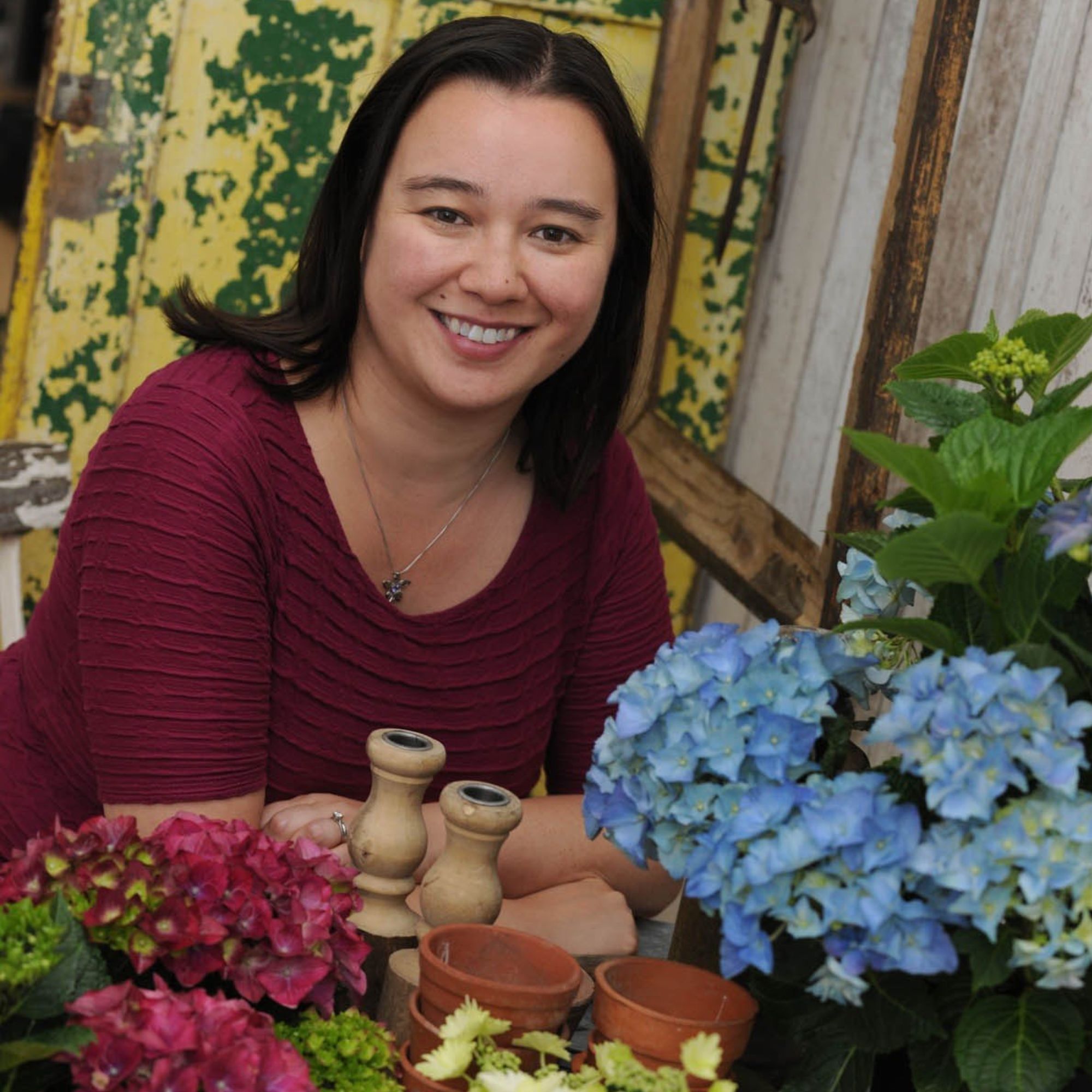
Cassie is the PR officer at British Garden Centres, working across its 62 stores, and has been working in the garden industry since 201, so has a true passion for all things plants!
'The most common size to use is 10 gallons to grow potatoes,' she continues. 'Just make sure whichever bag you choose has strong side handles and ventilated holes on the bottom.'
You also need it to be at least 30cm deep and 30cm in diameter.
Step-by-step
As mentioned already, growing potatoes in grow bags is almost ridiculously easy. Still, there is a bit more to it than just chucking your seed potatoes into a bag and hoping for the best...
1. Prep your grow bag
When it comes to prepping your grow bags, you'll find things are much simpler than they are with the majority of crops: all you have to do is 'fill them with about one third full with a good quality peat free compost,' says Morris.
Then all that's left to do is place your seed potatoes on top of the compost and cover them over with about 10cm of compost, and roll the bag down so it sits just above the compost line.
'Make sure that none of the potatoes is exposed to sunlight,' adds Cassie.
2. Keep rolling that bag
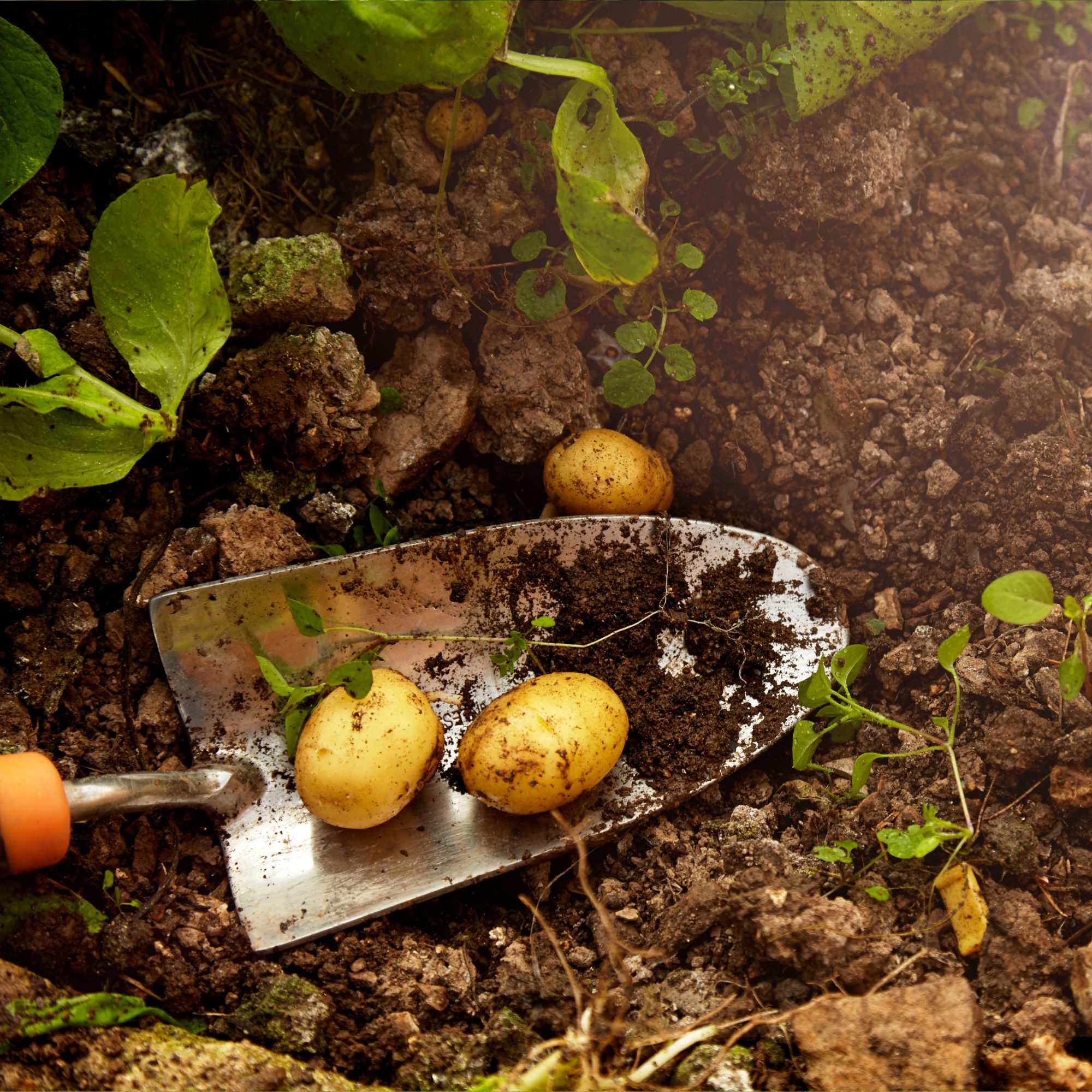
As the shoots grow, Morris says that you will need to add in more compost to cover them and roll the bag up, a process known as 'earthing up'.
'Keep repeating until the bag is full of compost, the potatoes are under the compost so they do not get any light (which will turn them green and render them inedible), and the foliage is growing tall out of the top,' he adds.
'This won’t take long and can be within a matter of weeks but your potatoes won’t be ready to harvest until they’ve had time to grow.'
3. Get harvesting
The perfect harvest time depends on the variety of potatoes you are growing.
'Generally when potatoes are grown in a bag, they can be harvested a little earlier than if grown in the ground,' says Morris, who has provided the following as a rough guide:
- First and second early potatoes take about 12 weeks in the ground. 'Look out for the small flowers which are an indication they will soon be ready to harvest,' says Morris.
- Main crop potatoes will take about 16+ weeks in the ground. 'Let the foliage die back before harvesting,' he adds.
'If you have a few bags of potatoes that crops at different times, you will have plenty of potatoes for the whole season,' Morris advises.
FAQs
Do grow bags work well for potatoes?
There are many benefits to growing potatoes in grow bags, not least of all the fact they take up less space.
'Your plants will be less susceptible to disease or pests, and can be moved out of bad weather if needed, allowing your plants to have the best chance possible of thriving,' explains Jeremy Oatey, Ginster's farming partner at Hay Farm in Cornwall, and provider of the 'Sow Your Own Slice' service, which gives people the opportunity to have potato and onion seeds sown on their behalf at the farm.

Jeremy Oatey is Ginsters’ farming partner at Hay Farm in Cornwall. With many years' experience of growing potatoes and other vegetables, he has a bounty of knowledge when it comes to growing food.
Is it easy to grow potatoes in bags?
Once planted, looking after your potato plant is very easy. 'Simply water regularly, making sure that the soil is always slightly moist and never dries out. If your plants start wilting, they need more water,' says Jeremy.
'Once your harvest potatoes are dry, store them in paper potato sacks and place them somewhere dark, cool, and frost-free. Avoid storing potatoes in polythene bags because this can cause them to rot,' says Rob Smith.
Then all there is to do is prepare and cook these eminently versatile, and delicious homegrown spuds.
How many potatoes do you plant in a bag?
How many potatoes to plant when growing potatoes in a bag will depend upon the size of the bag used. The key thing is to leave enough space between each potato for them to grow.
You should plant about three or four seed potatoes, and space them about 15 cm apart. If you are using a smaller bag then plant fewer seed potatoes.
'Carefully place three or four seed potatoes onto the compost with their shoots pointing upwards. Space them equally apart, not too close to the edge of the container,' says Rob Smith of Suttons.
And just like that, you can start growing potatoes in grow bags – and with very little skill involved, you don't need to worry if you don't have the best track record with the Grow Your Own trend.
All you really need to do is keep rolling, rolling, rolling that bag down, and work out how you're going to eat up all of those delicious tatties come harvest time.
Get the Ideal Home Newsletter
Sign up to our newsletter for style and decor inspiration, house makeovers, project advice and more.

Kayleigh Dray became Ideal Home’s Acting Content Editor in the spring of 2023, and is very excited to get to work. She joins the team after a decade-long career working as a journalist and editor across a number of leading lifestyle brands, both in-house and as a freelancer.
-
 My go-to Ninja coffee machine is on sale for Easter weekend
My go-to Ninja coffee machine is on sale for Easter weekendIt makes coffee shop quality achievable at home
By Molly Cleary
-
 When to plant out annual flowering plants for vibrant, colourful garden borders – and give them the best start, according to experts
When to plant out annual flowering plants for vibrant, colourful garden borders – and give them the best start, according to expertsNot sure when to plant out annual flowering plants? We've got you covered...
By Kayleigh Dray
-
 I'm a kitchen decor editor and didn't like this tableware trend - until I saw H&M Home's designer-look plates
I'm a kitchen decor editor and didn't like this tableware trend - until I saw H&M Home's designer-look platesThey made it easy to justify a new crockery set
By Holly Cockburn

